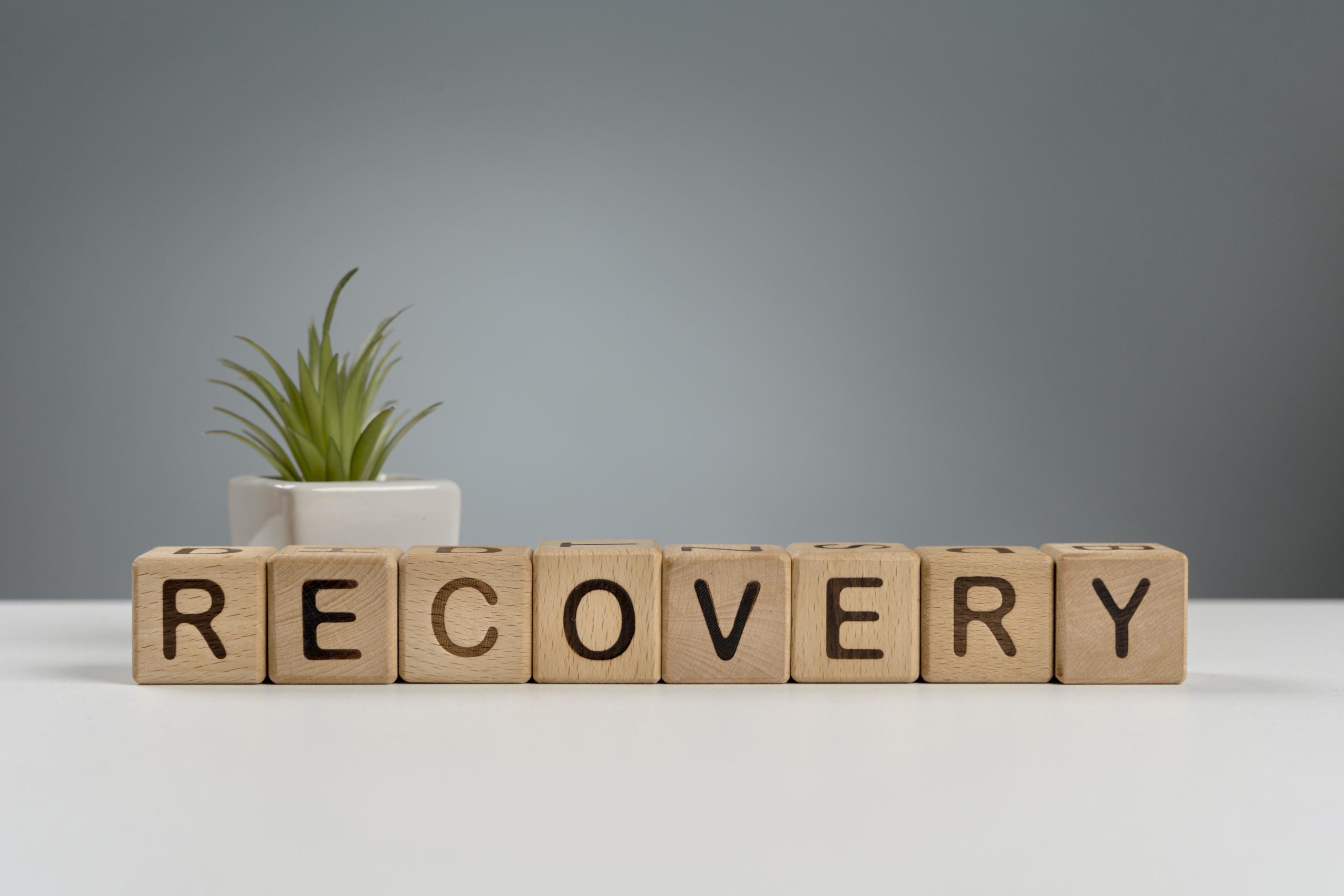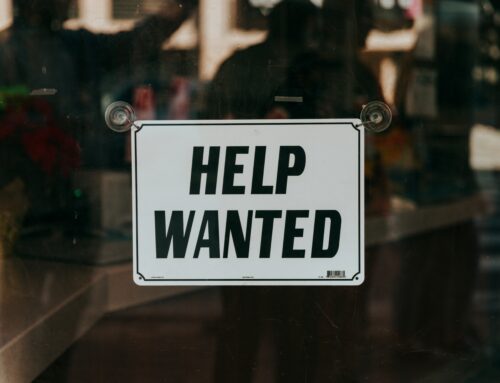Wonolo
Recently, we held a Town Hall forum with Aaron Klein, macroeconomist from the Brookings Institution, and Jared Favole, our Head of Public Policy and Media, to discuss the U.S. economy and when it may recover.
As we all know, the economic downturn we are experiencing as a result of COVID-19 is unprecedented in many ways. It came on suddenly, and it is severe. It has left many people scrambling to figure out what the future may look like. When will the economy recover? How long will it take? What will bounce back first? What will take longer to recover? During our recent Town Hall, we posed these questions and more to our expert Aaron Klein. He gave us invaluable insights, and we are excited to share those here.
Context for the current downturn
Klein explained that not only was the U.S. economy healthy before the current COVID-19 pandemic, it was actually in an almost unprecedented state of equilibrium. GDP growth rate, a measure of the overall economy, was 2-3% in the quarter before COVID-19. In the first quarter of 2020 it was -0.5%. That is particularly significant because GDP was still growing by about 2% in January and February, but shrank by half in March. That is a huge drop, and we can expect to see a big downturn in Q2 as well.
Government response
So far the federal government has given an unprecedented $2 trillion in direct assistance, and we can expect more economic stimulus in the future. The CARES Act in particular introduced two big changes to unemployment benefits that will impact recovery. The first is that independent contractors and self-employed people are eligible for benefits for the first time. The second is a COVID-19 wage boost of $600 per week.
The intention is to not only tide people over while they find a new job, but to keep them spending and contributing. Unemployment typically has a term of six months, but this crisis will last much longer than that. Klein tells us, “I would expect that you’re going to have a year of unemployment benefits for the foreseeable future.” So we can look forward to more assistance coming our way.
What recovery will look like
Recovery will look very different than past recessions. In the past we have seen recessions that follow different letter patterns: U, L, and W. The Great Recession saw a recovery that looked more like a checkmark — a sharp decline followed by steady growth. Klein says that the COVID-19 pandemic will most likely look like a modified checkmark, with a rounder, longer bottom.
The reason this recovery will look different is that consumer confidence is likely to grow very slowly. The economy won’t be back as suddenly as it went down. Everything is still for the most part canceled. Even things that are open are limited in scope. Thus much of this recovery will come down to social preference and risk tolerance. Who will be on the first cruise? Who will take their family on a vacation internationally? People may say they are confident and then not go out. Conversely, they may say they aren’t confident then go travel and spend money on leisure activities. This makes it hard to predict exactly how fast recovery will happen.
Geography of recovery
Reopening will be uneven. This is particularly true for rural vs. urban areas. Metro areas will lag in reopening because of the population density and risk for disease spread. Some states as a whole will also lag, as state administrations have had differing responses to shutting down. This is relevant Klein tells us, because “metro counties in America produce about 80% of GDP.” So even if we see widespread reopening in rural America, the economy won’t make a meaningful recovery until those metro counties are also open.
Geography matters for this downturn. Areas with a technology driven economy, like San Francisco and Seattle, may be able to recover faster because more of their workforce may be able to work remotely and stay productive.
Areas with a people driven economy, like Orlando and Las Vegas, may struggle to recover. They are tourist hubs that are more reliant on travel, recreation, and hospitality — all industries that must be staffed by people in person. These cities were doing very well post-2008, so this is a big change for them.
Returning to the workforce
There’s always going to be people concerned that unemployment benefits may dissuade some individuals from seeking work. But typically this isn’t the case. Most people fear losing their current job. Klein reminds us that humans are very upset by “nominal wage cuts,” even if they don’t make a large impact on take-home salary. People don’t want a role with even a slightly lower salary, so they will be looking to come back and secure the position they left.
What is interesting is that even if unemployment benefits DO dissuade some people from looking for a job right away, that’s okay from an economic perspective. The economy can’t take back everyone who lost their job right away, so some people must leave the labor market for longer.
As of May 8, 2020, the unemployment rate is 14.7%. In the past, the unemployment rate has never decreased more than 1.5% per year. Assuming we peak at a 20% unemployment rate, and assuming unemployment decreased a record 2.5% per year, it would take us about four years to get back to a 10% unemployment rate. That is still a record high rate, seen only in 1982 and during the Great Recession. So realistically we could be looking at a decade of recovery to return to the low unemployment rates we were experiencing before the pandemic.
How to judge recovery
Klein tells us that “non-traditional data will be very valuable” as we judge economic recovery. For example, we can look at hotel occupancy, restaurant reservations, summer camp reopenings, vacation plans, and related information. This type of data can tell us if people are feeling more comfortable engaging in leisure activities and travel, all of which have been heavily impacted by COVID-19.
Looking ahead
We may see some permanent shifts in the way people work and behave. As the country reopens in phases, different industries will experience recovery at different times. People are likely to value stability over risk taking and uncertainty. They will prioritize being paid quickly and having a flexible, yet stable job. All of this will impact the labor market for years to come. Ultimately this recovery will be unlike anything else we have seen in U.S. history.






